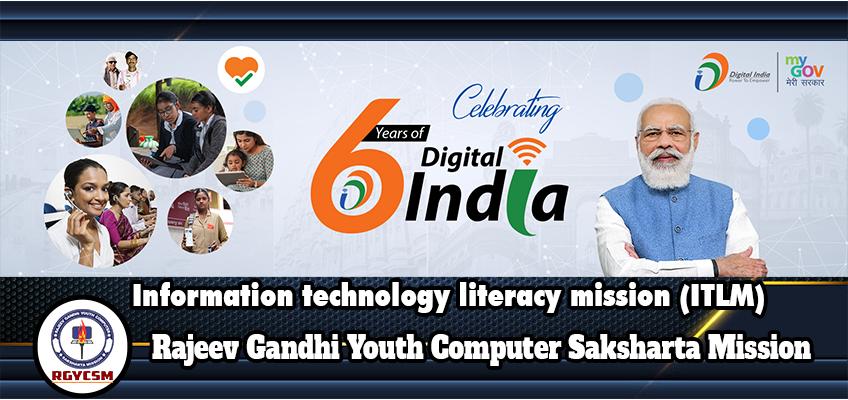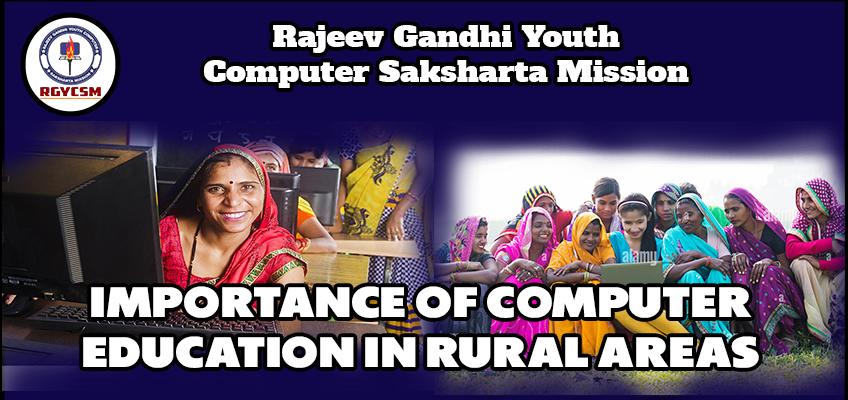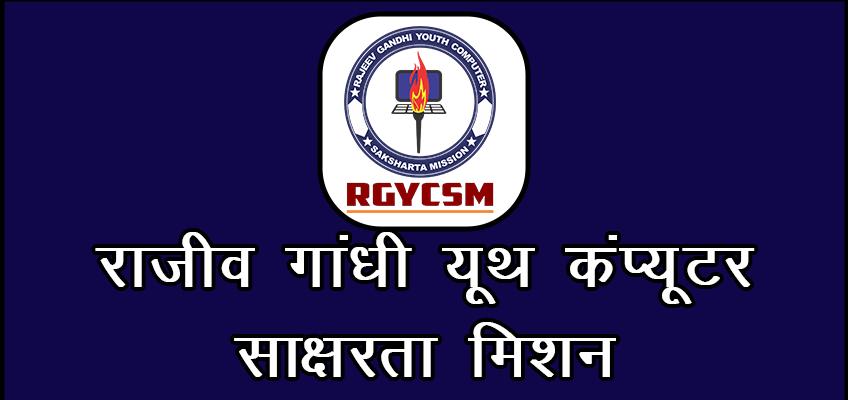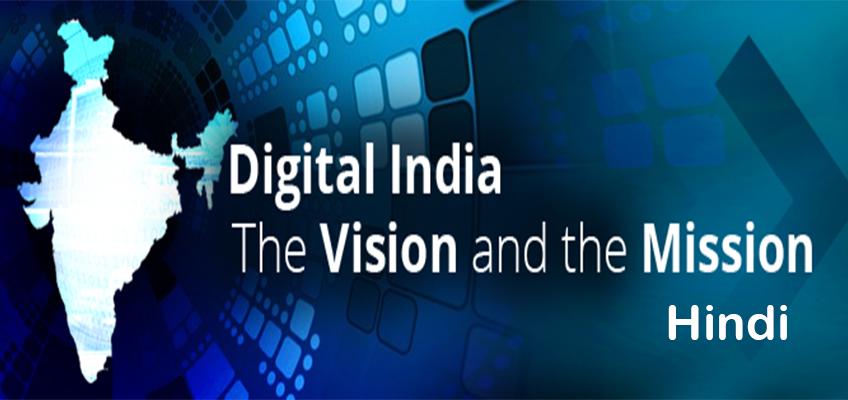Mission Digital India
"Digital India" is an ambitious initiative launched by the Government of India in 2015 with the vision to transform the country into a digitally empowered society and a knowledge economy. The mission aims to leverage digital technologies to enhance the quality of life for all citizens and to ensure inclusive growth and development. Here are some key objectives and components of the Digital India mission:
1. Broadband Connectivity: Ensure high-speed internet connectivity to all parts of the country, including rural and remote areas. This involves the expansion of broadband infrastructure and the establishment of the National Optic Fiber Network (NOFN).
2. E-Governance: Promote e-governance by making government services available to citizens electronically. This includes initiatives like Digital Locker, e-Sign, and e-Hospital.
3. Digital Infrastructure: Develop a robust digital infrastructure, including data centers, for secure and efficient delivery of digital services.
4. Digital Literacy: Promote digital literacy and digital skills among citizens, especially in rural and semi-urban areas, to enable them to take advantage of digital services.
5. Universal Access to Phones: Ensure that every citizen has access to a smartphone, which serves as a powerful tool for accessing digital services and information.
6. Information for All: Make government information and services accessible to all citizens in a transparent and efficient manner.
7. Electronics Manufacturing: Promote the manufacturing of electronics and hardware within India to reduce dependence on imports.
8. Job Creation: Generate employment opportunities in the IT and technology sectors, as well as in the delivery of digital services.
9. Cybersecurity: Strengthen cybersecurity measures to protect digital infrastructure and data.
10. Innovation and Startups: Foster a culture of innovation and entrepreneurship in the technology sector to drive economic growth.
11. Digital Payments: Promote digital payments and cashless transactions to reduce the reliance on physical currency.
12. Digital Healthcare: Enhance healthcare services through the use of technology, including telemedicine and electronic health records.
13. Digital Education: Improve the quality of education through digital tools and online learning platforms.
The Digital India initiative has made significant progress since its launch, with various government departments and ministries working on different aspects of the mission. It has played a crucial role in increasing digital adoption in India, bringing government services closer to citizens, and driving economic growth through the digital economy.
Please note that developments related to the Digital India initiative may have occurred since my knowledge cutoff date in September 2021.

















